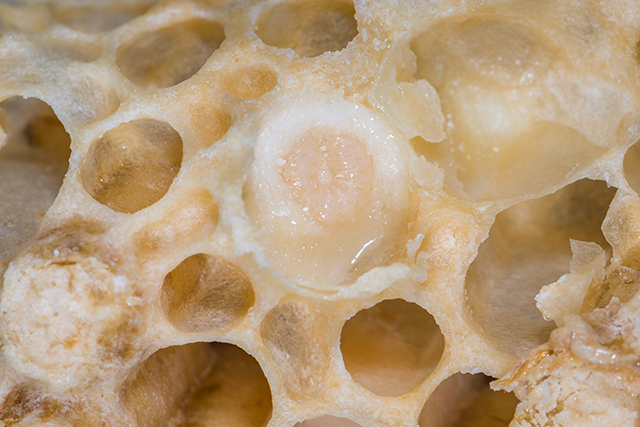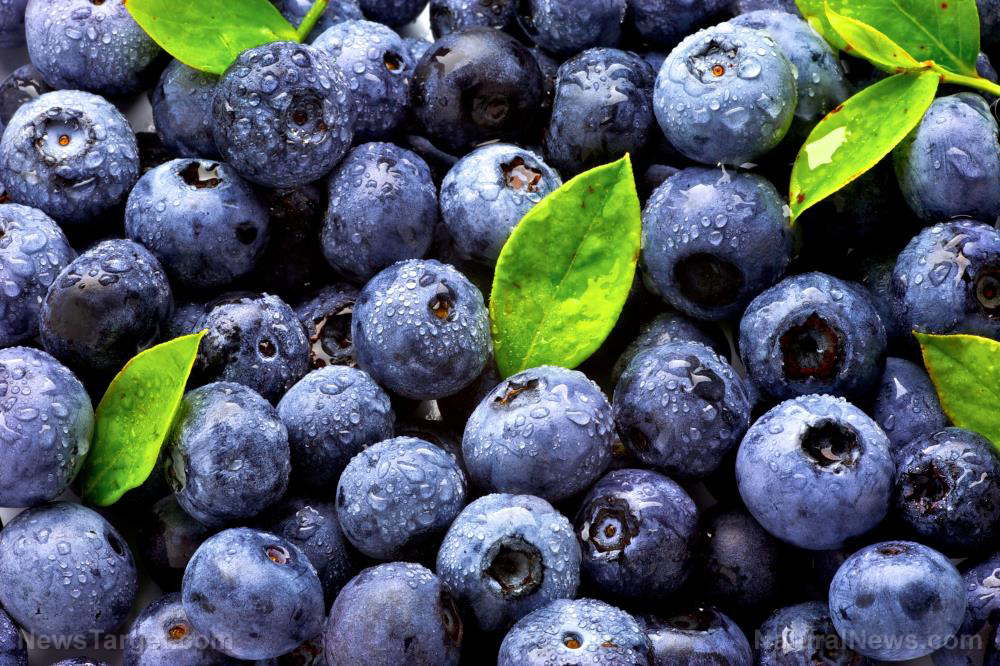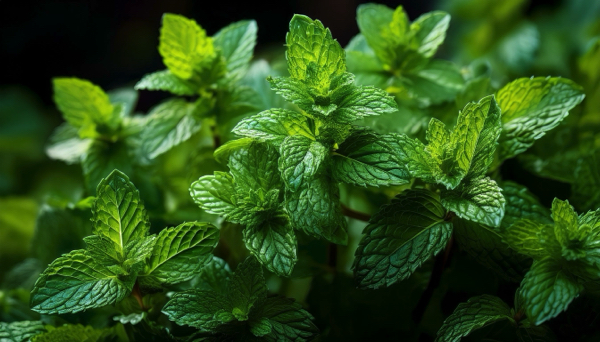5 Sure-fire ways to beat the flu
08/06/2024 / By News Editors

With flu season rapidly approaching, recommendations for preventatives are everywhere but many are not backed up by science. Can you guess the top five? (Hint: vaccination is not one of them!)
(Article republished from GreenMedInfo.com)
With flu season rapidly approaching, many are looking to vaccination as a “preventive” approach. Those who abstain are often accused of being uneducated or even socially irresponsible, but nothing could be further from the truth. Vaccination cannot replace natural immunity. Vaccines derail your natural immunological processes, along with exposing you to wide-ranging adverse effects.
Your odds of falling prey to influenza are largely determined by your overall health and immune function. Anything that strengthens your immune system will lower your risk for colds and flu. Unfortunately, flu vaccines often do the opposite.
All data point to the ineffectiveness of flu vaccines. According to CDC, the 2014-2015 flu vaccine reduced the chances that a person would seek medical treatment for influenza by a mere 19 percent.[i] If wearing seatbelts produced such dismal statistics, drivers would be demanding a much better defense strategy—which is what you should do if you want to stay healthy this winter. The good news is, there are much safer and more effective strategies than vaccines.
Preventing influenza hinges upon building up your immune system while avoiding the things that wear it down. What factors are the most destructive? Stress, inadequate sleep, inactivity, environmental toxicants and nutritional issues are some of the big ones. Excess dietary sugar, gluten, artificial sweeteners and other chemical additives can wreak havoc on your immune system.
There are many effective flu-busting strategies that are evidence-based, accessible and economically feasible—but the following five deserve special mention.
1. Vitamin D3
Vitamin D3 tops my list due to its ability to produce antiviral peptides (e.g. cathelicidin), which directly destroy invading organisms. Vitamin D prevents macrophages from releasing as many inflammatory cytokines and chemokines.[ii] One study[iii] found supplementing schoolchildren with 1,200 IUs per day of D3 cut their risk of influenza A by 42 percent.
Traditionally, we received our vitamin D from the sun. In fact, it’s theorized the reason for influenza’s increased prevalence in the wintertime is our reduced sun exposure, with a resultant drop in our vitamin D levels. It’s best to get vitamin D3 from reasonable sun exposure, but if this is not practical, a D3 supplement can be used for just pennies a day.
The only way to accurately determine your D3 level is with a blood test. In one study, adults with vitamin D3 blood levels of 38 ng/ml or greater enjoyed a two-fold reduction in acute viral respiratory infections. The Vitamin D Council recommends keeping your levels between 40 and 80 ng/ml year-round.[iv]
2. Probiotics
The billions of microorganisms that reside in your digestive tract comprise 80 to 90 percent of your immune system. Practices such as antibiotic overuse, the standard American diet and today’s “germophobic” attitude have taken a heavy toll on the human microbiome. Therefore, probiotics can give a powerful boost to your immune function.
Chinese researchers found probiotics reduced the incidence and duration of respiratory tract infections in young children.[v] In another study, daily probiotic supplementation was shown to reduce fever, rhinorrhea, cough, and missed school days for children age three to five. Adults show similar benefits—those taking probiotic-containing supplements demonstrate fewer and less severe colds.
The most abundant and active probiotics come from whole foods, such as raw sauerkraut, kimchi, yogurt, kefir, kvass and other traditionally fermented foods. Although less powerful, probiotic supplements are another option. On a side note, a yeast-based fermentation byproduct called beta glucan has also been shown to reduce the incidence and severity of colds and flu.
3. Green Tea
If you feel a bug coming on, brew yourself a nice cup of green tea. Green tea is rich in catechins and is shown to enhance T cell function, as well as interfering with the replication of the influenza virus by inhibiting neuraminidase and hemagglutinin. A 2011 Japanese study found children who consume one to five cups of green tea per day have lower susceptibility to influenza. The EGCG (epigallocatechin-3-gallate) in green tea is a potent antioxidant offering numerous health benefits for your brain, heart, bones, eyes and other body parts. It is advisable to source your green tea from Japan instead of China in order to minimize levels of industrial pollutants, such as lead.
4. Elderberry
The next celebrity in natural flu prevention is elderberry, or Sambucus nigra. (Black elderberry extract is also known as Sambucol.) A Norwegian study showed flu sufferers who took 15 ml of elderberry extract four times a day for five days recovered four days sooner and required less “rescue medication” than placebo. Elderberry extract has also been shown to inhibit several strains of influenza virus, in vitro. Besides antiviral properties, Sambucol activates your immune system by increasing cytokine production.[vi]
5. Echinacea
Last but not least, echinacea purpurea has a long history of use with respiratory infections. Research supports its ability to reduce both the severity and duration of flu symptoms. The roots of echinacea have cytokine-modulating properties.
Czech researchers[vii] compared an echinacea beverage to the antiviral drug Tamiflu (oseltamivir) and found the two agents equally effective against flu—however, echinacea produced fewer complications and adverse events. Echinacea has been proven effective against avian flu (H5N1, H7N7) and swine-origin H1N1 (S-OIV). A combination of echinacea and elderberry were proven effective in killing avian flu virus (H9N2) in an infected chicken embryo.[viii]
There are numerous other natural agents shown to be safe and effective against influenza—too many to discuss here—but if you’re armed with the fabulous five discussed above, influenza won’t stand a chance! For more evidence-based cold and flu remedies, click here. If you desire more information about flu-fighting medicinal herbs, please refer to this article.
Read more at: GreenMedInfo.com
Submit a correction >>
Tagged Under:
alternative medicine, antiviral, echinacea, elderberry, food cures, food is medicine, food science, green tea, health science, herbal medicine, herbs, natural cures, natural health, natural medicine, nutrients, nutrition, prevention, probiotics, remedies, supplements, vitamin D, Xpost
This article may contain statements that reflect the opinion of the author
RECENT NEWS & ARTICLES
consumerwellness.info is a fact-based public education website published by consumerwellness.info
All content copyright © 2023 by consumerwellness.info
Contact Us with Tips or Corrections
All trademarks, registered trademarks and servicemarks mentioned on this site are the property of their respective owners.




















